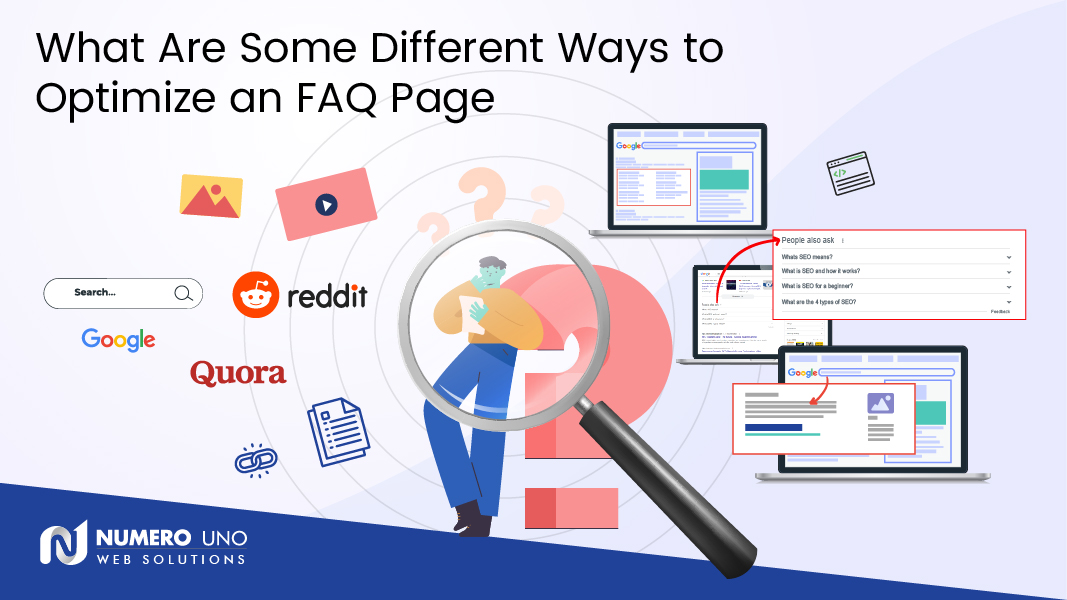
Keywords are an essential SEO tool that can help online users find your website more easily. Users enter specific search terms into search engines like Google. Search engines then crawl thousands of webpages and websites within seconds to find an exact or close match to those search terms based on user intent, proximity, and other important criteria. Identifying and choosing the right keywords for your website ensures that your content will rank higher on search engine results pages (SERP). The higher your content ranks, the more people will see it, and this increases your website traffic and ROI.
The Importance of Choosing the Right Keywords for Your Website
Identifying the right keywords for your website requires a lot of research, but it is all worthwhile when you consider the following benefits:
- Keywords enrich and inform your content
- Keywords allow search engines to crawl and index your content
- Keywords make for a better user experience
- Keyword research helps you better understand your target audience
- Keywords help increase your online visibility
- Keywords help you build a strong online presence and brand awareness
In a nutshell, thorough keyword research and implementation can help you build a solid and lasting online brand presence by focusing on search engine optimization (SEO).
How to Identify the Right Keywords
Now that you know why keywords are such a vital component of your SEO strategy, it is important to know how to identify and implement them to maximize your online visibility. Here are a few keyword identification and implementation tips:
Determine User Intent
Over the years, Google has become incredibly sophisticated when it comes to understanding the intent behind each search query beyond mere semantics. Understanding user intent improves user experience. Search engines are able to present users with more relevant online content that pertains specifically to their original query.
One example of this is Google’s “did you mean” feature that automatically recognizes if a user made a spelling or grammatical error and asks for clarification. The user can then click on the correct iteration of their search query to get more accurate results. Understanding user intent gives you the arsenal you need to create more targeted content that users are searching for directly.
Pay Attention to Your Competition
Sometimes, it pays to find out what your competitors are doing and build on their efforts. At the very least, you should be aware of who your competitors are so you can compare and contrast various SEO and keyword selection strategies. Find out what keywords they are using. If you come across any that are relevant to your brand and can get you the type of website traffic you are looking for, then consider adding them to your repertoire. First, test out how competitive those keywords are. Common keywords in your field might be more competitive than others and this can hurt your rankings because they are already being used by brands that are better known than yours.
Modifying competitive keywords to fit within your content can help you differentiate your brand from your competition and earn you a higher-ranking position. Location-based keywords are especially helpful in achieving this goal.
Use Long-Tail Keywords
Long-tail keywords are entire phrases that string together a number of keywords into one. Since long-tail keywords are more specific, they are also less competitive than short-tail keywords and generate more relevant results for users.
Say you own an asphalt paving company in Toronto, you could and should include “asphalt paving company in Toronto” in your list of keywords. Another example would be “asphalt winter maintenance”. These are very specific keywords that pertain to your business. Users who enter these keywords in their search queries are looking for very specific information in a particular area and your business can meet that demand.
Use Different Keyword Research Tools
There are a number of online tools that can help you identify and track which keywords are currently trending in your industry. It is important to stay on top of all of the latest keyword data so that you can update your list periodically. Keyword research tools help you track things like density, prominence, and competition. Plus, they can also provide vital insights into which keywords should be included in specific types of content and topics.
Make Keyword Identification an Ongoing Process
Keyword research and identification isn’t a one-time thing. It is an ongoing process that requires constant attention to detail, analysis, and data tracking. Keyword relevancy can change instantaneously. New topics are constantly emerging and trending in every industry. Information changes at the speed of light theses days and you need to be able to keep up with the demand for new and relevant content at all times. Your keyword research should be a never-ending work in progress to stay in line with evolving online and industry trends.
Use Exact Long-Tail Keywords
Exact phrasing in your content-particularly titles and subheadings-boosts your rankings. Long-tail keywords in the form of phrases or questions are perfect for titles and subheadings in your content. Not only do they directly answer user inquiries, but they also help search engines weed out irrelevant content from the search results. The caveat is that you might get less website traffic, but the quality of the hits you do get will be much higher. This can also help boost your conversion rates and reduce bounce rates.
Diversify Keywords
Using the same types of keywords throughout your content can get stale very quickly. Different types of website content serve unique purposes. Ultimately, the goal is to increase your percentage of relevant website visits and improve user experience. Diversifying your keywords ensures that your content will appear on a variety of SERPs instead of only ranking for the same words and phrases, which increases their competitiveness.
Select primary keywords that you want to appear in headings and the first paragraph of your content. This gives audience members a good idea what your content is about.
How to Optimize Keywords for Your Website
- Consider keyword density. This is the number of times a certain keyword appears on a webpage in relation to the page’s total word count.
- Consider keyword proximity. In long-tail keywords, proximity pertains to how close or far apart certain words of the phrase are to one another in the context of a sentence. Keyword proximity helps search engines identify certain long-tail keywords more easily.
- Consider keyword prominence. Keyword prominence signals search engines to let them know how to index certain webpages. This is a ranking factor that indicates what the webpage’s content is about and how to categorize it. Primary keywords should appear in the content as early on as possible to increase rankability.
Numero Uno Web Solutions is a well-known SEO company in Toronto and the GTA that specializes in keyword optimization and other SEO best practices. We’ve helped numerous SMBs make their mark on the digital marketing world over the years. Contact us today to see how we can help you build your online brand.



